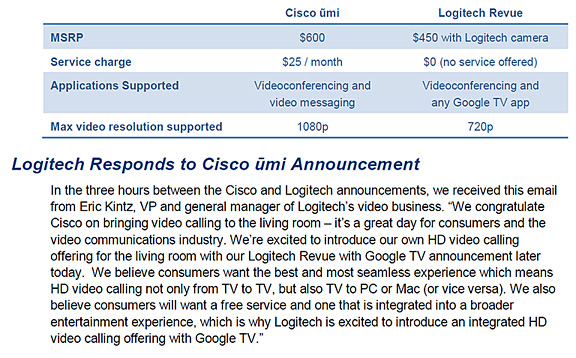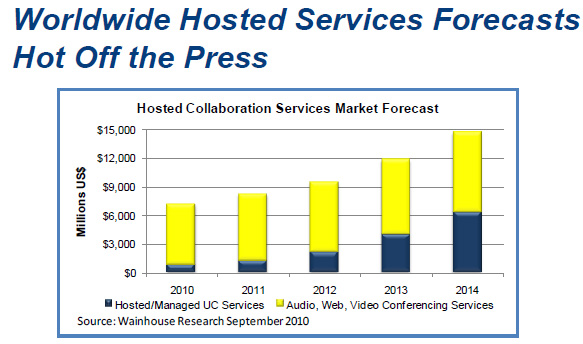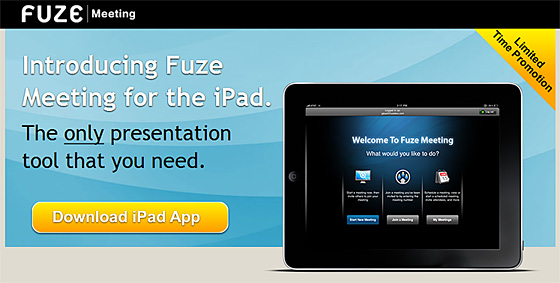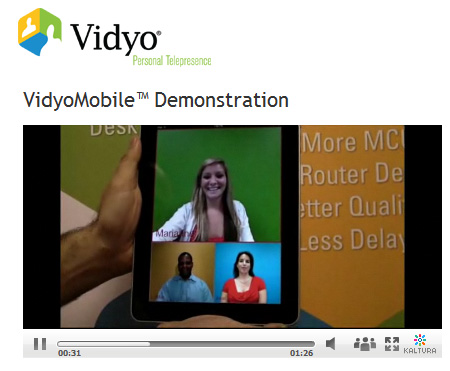A Web 2.0 class: Students learn 21st century skills, collaboration, and digital citizenship — from Edutopia.org by Andrew Marcinek
Students in Van Meter, Iowa, Burlington, Massachusetts, and Philadelphia, Pennsylvania are experiencing education in a new room. Yes, they still go to class in a building, with walls, doors, and windows, but there is something different about these three classrooms. They are all connected. The classroom is flat.
…
The Virtual Classroom
The class is designed to teach Web 2.0 skills, digital citizenship, personal network building, and social media responsibility and practice. The students in all three of these classes have never met in person; however, they have all connected via Skype and their class blogs. They have also had many professionals come and speak to them via Skype. This type of learning is limitless and allows students to broaden their scope of the world. “Since I have started using Skype and blogging,” notes Jessie Hasenwinkel, junior at Van Meter High School, “I have been able to virtually meet the people that can help me get the answers I need for what I am searching for in school and one day, in my career.”
Each week students write a blog post on topics such as defining a personal learning network, using Skype in the classroom, and how to promote blog traffic. Students subscribe to each other’s blogs using Google Reader and leave comments for each other. Some students in these three high schools have made great connections and found common interests. They are expanding their learning opportunities and through the efforts of the teachers and principals, engaging with vast community of learners.















